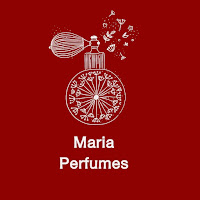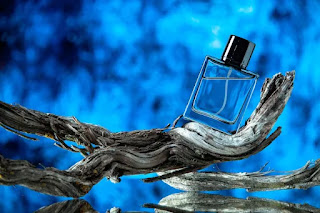Perfume composition is the art and science of creating fragrance. It involves selecting and blending different raw materials to create a unique and desirable scent. The fragrance ingredients are of three main parts: the top, middle and base notes
Top notes, also known as head notes, are the initial notes smelled when a perfume is first worn. They usually consist of lighter, more volatile ingredients such as citrus oils, green notes, and fruity notes. These scents evaporate quickly, usually within 15 minutes to an hour, and are used to create a first impression of a fragrance
The middle notes, or heart notes, are the aromas that emerge after the top notes have evaporated. They usually consist of more substantial ingredients such as flowers, spices, and herbs. These scents usually take about an hour to fully develop and can last for several hours. They are the main body of the perfume and are used to create its signature scent
Base notes, also known as dry notes, are the scents left after the middle notes have evaporated. The fragrance notes are usually heavy and long-lasting notes like woods, musk, and grass. These scents can last from several hours to days, and are used to fix and extend the life of the perfume
Perfume making process
The fragrance creation process begins when the perfumer creates the concept or theme of the fragrance. They then choose a combination of raw materials that they think will work well together to create a scent that matches their concept or theme. The perfumer would then begin experimenting with different combinations of raw materials, creating small test batches. They will then evaluate each test batch, making adjustments and trying new combinations until they are satisfied with the final fragrance
How do I know the ingredients of perfume
The raw materials used in the perfume industry can be derived from a variety of natural sources such as plants, flowers, fruits, and spices, as well as synthetic compounds. Natural ingredients are often considered to be of a higher quality, but synthetic ingredients are often used to complement them or to create scents that cannot be derived from natural sources
In addition to natural and synthetic fragrance ingredients, perfumers also use different techniques to create different effects in a fragrance. For example, they may use a technique called headspace analysis, which captures the scent of a live plant or flower, to create a more realistic scent. They may also use a technique called fragmentation to isolate specific scents from a raw material, such as isolating rose scent from rose oil
Conclusion
Perfume composition is the art and science of creating a fragrance. It involves selecting and blending different raw materials to create a unique and desirable scent. The fragrance ingredients are of three main parts: the top, middle and base notes. Each has a function The perfume industry also uses a variety of techniques to create different effects in fragrance and can be derived from both natural and synthetic ingredients


Comments
Post a Comment